In the Whoniverse, there are fifteen very important Doctor Who episodes: the ones which introduced the new Doctors. These episodes are particularly special, not least because of the pressure they put on the actors and production teams to meet people’s expectations. How has the problem of ‘the new Doctor’ been tackled over the years?
An Unearthly Child
William Hartnell may have had a blank slate in the very first of the Doctor Who episodes, but that’s not to say his journey was easy. He and the production team were confined to a tiny studio in Lime Grove. There was little faith in the show at the BBC. Verity Lambert, the producer, was new and relatively inexperienced.
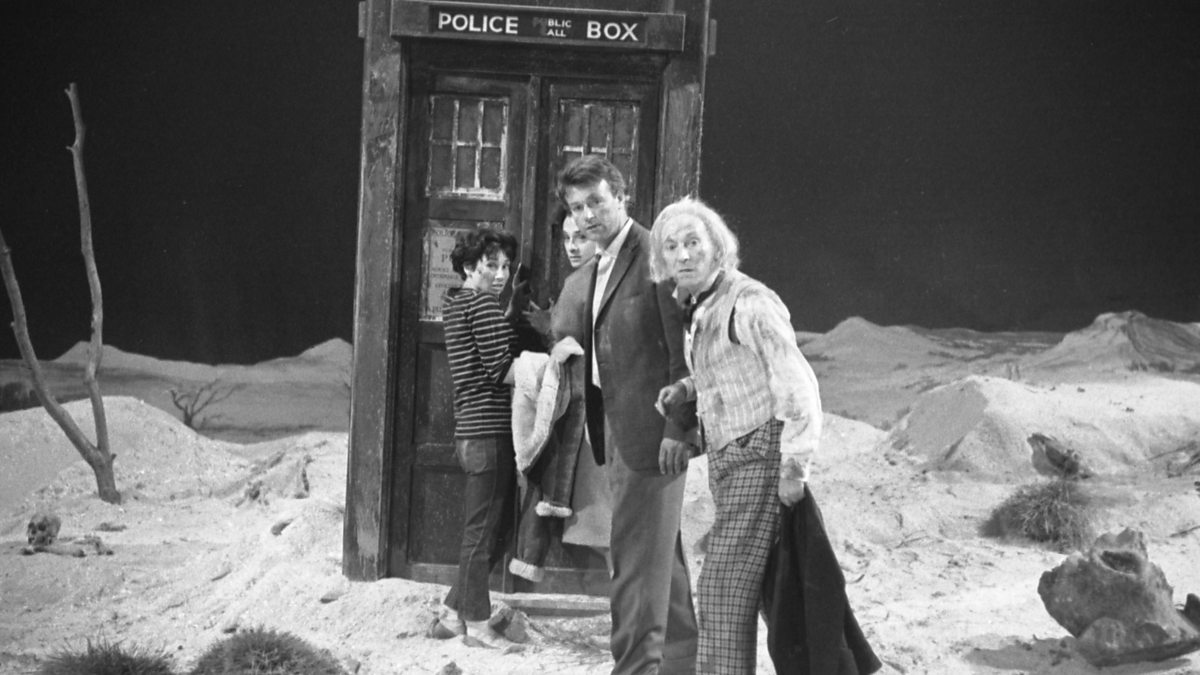
In fact, even when the first of the Doctor Who episodes had been shot, this wasn’t the end of the story; the crew were ordered to film the whole thing again, and the script had to be reworked. Some of the notes specifically addressed the Doctor’s character, with the BBC feeling that his persona was too grumpy and acid. As such, when the serial was reshot, the Doctor was portrayed in a somewhat softer, more eccentric light – even if he did try to murder a caveman in episode three.
It wouldn’t be fair to say that Doctor Who was an instant success, but it got off to a solid start. The real success would come a few weeks later with a script from Terry Nation, and the arrival of the Daleks…
The Power of the Daleks
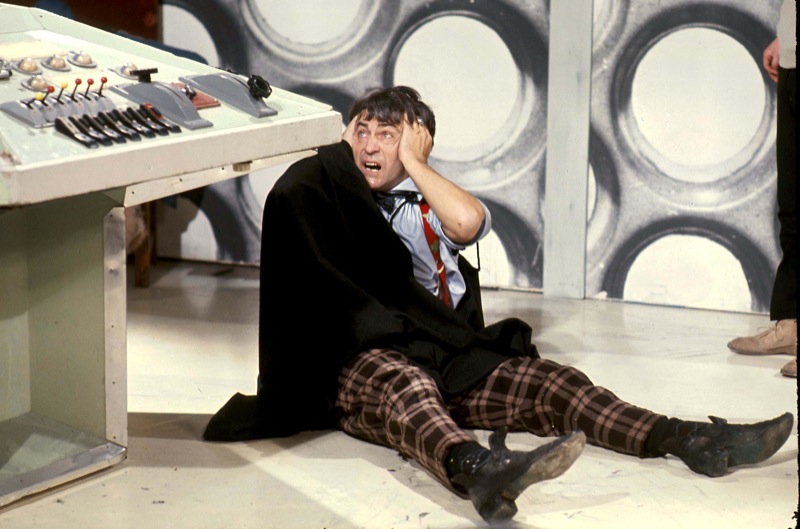
And speaking of the Daleks, the next of our Doctor Who episodes faced a Herculean challenge. This was the first ever regeneration story; the idea of swapping out the Time Lord for a completely different version had never been tried before, and there was no guarantee that audiences would take to Patrick Troughton’s portrayal.
This unease and suspicion was mirrored in the adventure, with companion Ben echoing the audience’s suspicions and uncertainty about this strange new man who was claiming to be the Doctor. At the same time, the production team tried to appease viewers with the return of the ever-popular Daleks who, this time, were scripted by the experienced Doctor Who writer David Whitaker.
As it transpired, ‘The Power of the Daleks‘ turned out to be one of the greatest Doctor Who episodes of all time, and became something of an instant classic. Sadly, it is currently missing from the BBC archives, but it still exists in audio form. Today, viewers can also enjoy an animated version which utilises the original soundtrack.
Spearhead from Space
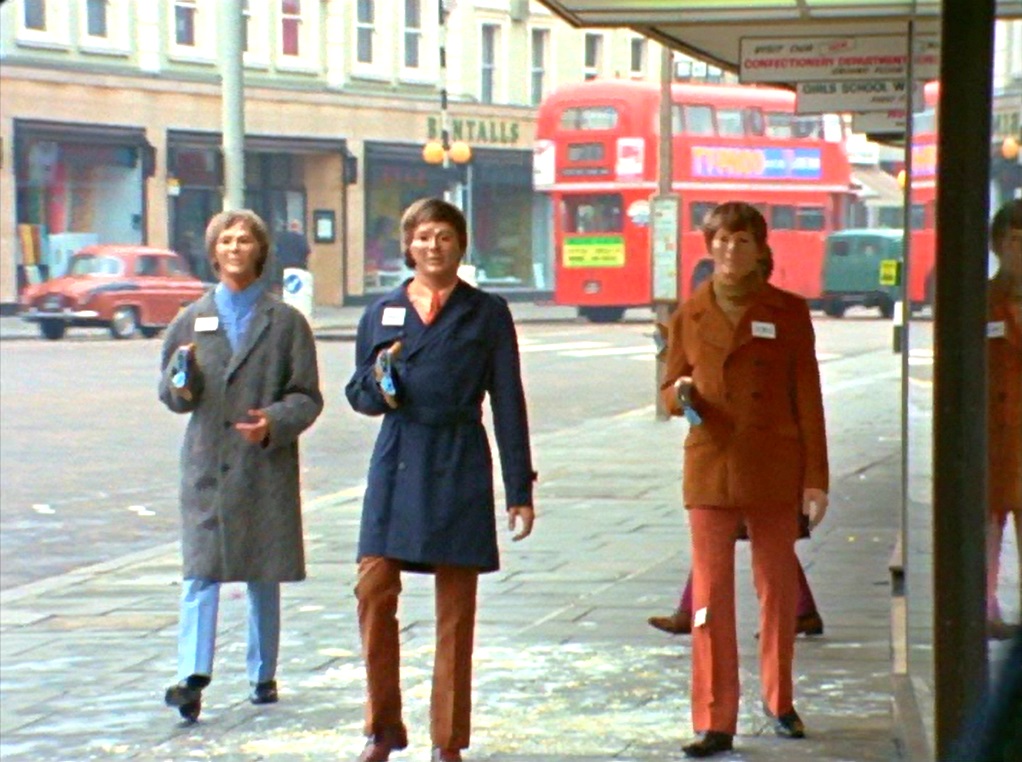
The next of our Doctor Who episodes came at a time when the series was fighting for its life. Series Seven was something of a hasty, last-minute commission because the BBC couldn’t think of a show to replace it. Had they come up with a suitable Doctor Who alternative, the series may have ended with the Second Doctor.
Plus, like many Doctor Who episodes, ‘Spearhead from Space’ was plagued with production woes, and strike action almost halted this story in its tracks. But not to be deterred, the BBC decided to proceed anyway and shoot the entire adventure on location, on a film camera.
The result was stunning, and made ‘Spearhead from Space’ look more like a Doctor Who movie than a Saturday tea-time adventure. It is widely regarded as one of the greatest Doctor Who episodes of all time, introducing both Jon Pertwee and the terrifying Autons in a script from one of the series’ most popular writers, Robert Holmes. As such ‘Spearhead from Space’ could be considered one of the most robust starts to any Doctor.
Robot
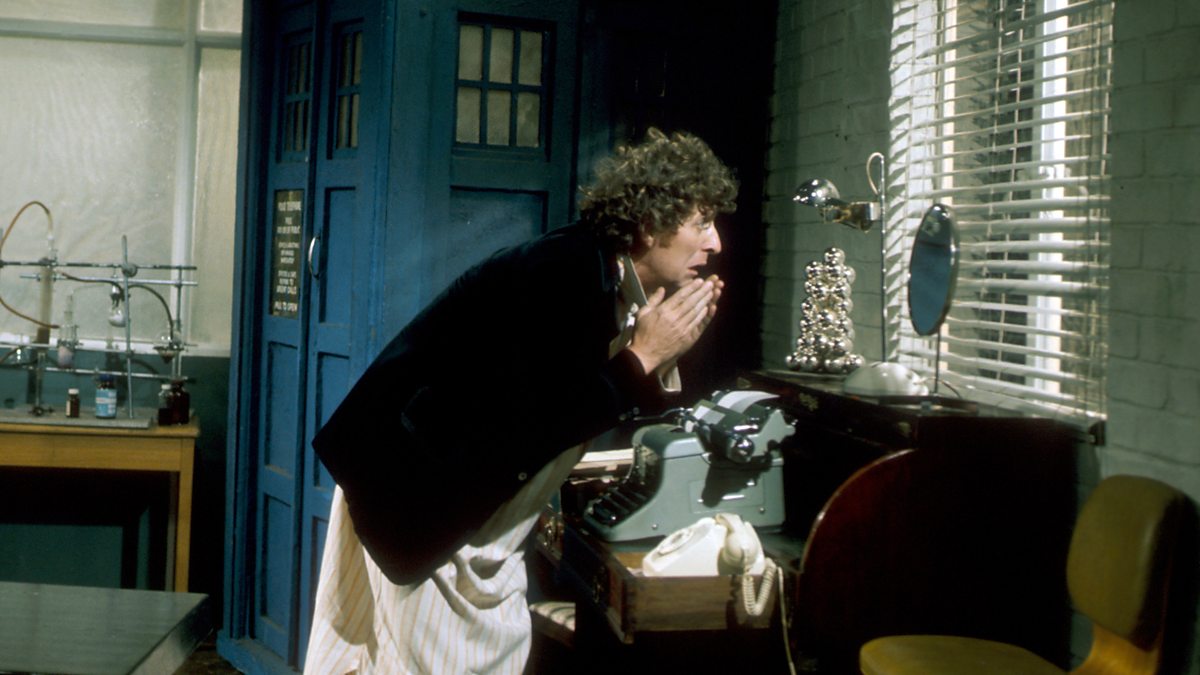
‘Robot’ has an important place in Doctor Who history as it signalled the beginning of the Tom Baker era – one of the most popular and beloved of all time, and certainly the longest. The Fourth Doctor became something of an icon, and his 16 ft. scarf remains recognisable to this day. (Did we mention that we sell them…?)
That being said, ‘Robot’ isn’t one of the most popular Doctor Who episodes of all time, but it does a good job in that it provides a smooth transition from the UNIT era into the new age of the Fourth Doctor. It’s a solid effort from experienced Doctor Who writer and script editor Terrance Dicks, and features the ever popular Sarah Jane Smith alongside new companion Harry Sullivan.
Interestingly, whilst ‘Robot’ is perhaps one of the weaker Doctor Who episodes of Season 12, the series as a whole is widely-regarded as one of the greatest of all time. In fact, Season 12 was chosen to launch The Collection Blu-ray range in 2018.
Castrovalva
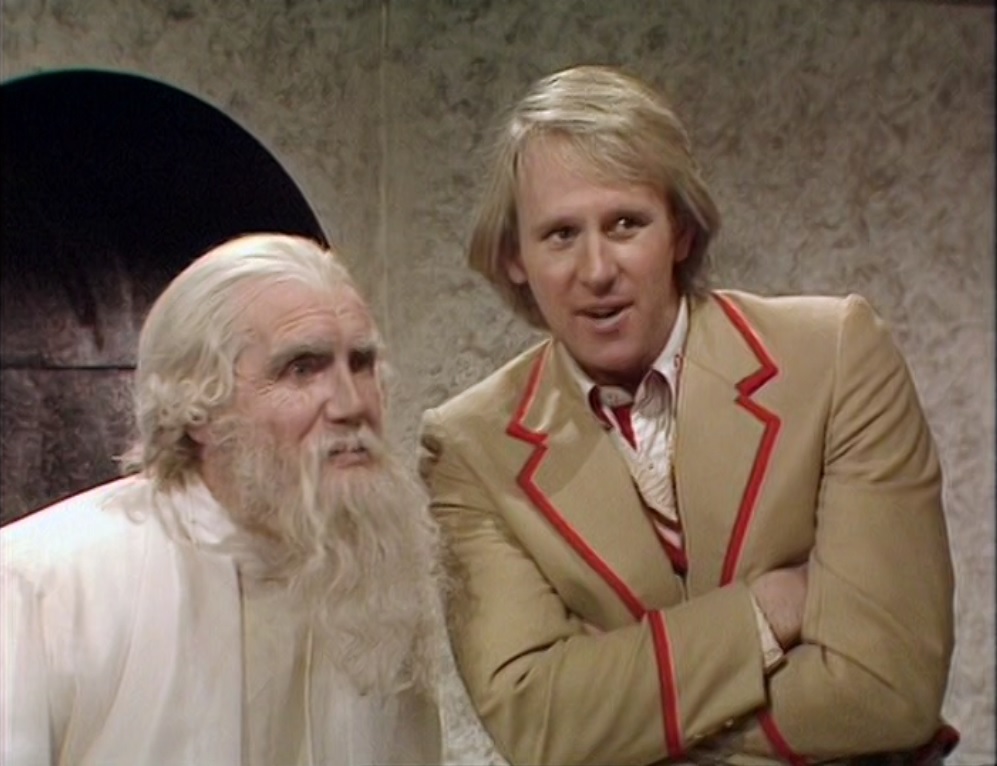
‘Castrovalva’ is, in many ways, ‘Logopolis: Part Two.’ The Doctor effectively regenerated midway through a story; at the end of ‘Logopolis,’ the Master is still at large, and the Doctor and his companions are still at the Pharos Project where the Master was attempting to gain control of the universe using an accelerated form of entropy.
That’s not to say that ‘Castrovalva’ cannot be enjoyed in isolation, but it does make more sense if you’ve seen ‘Logopolis.’ And if you are confused, don’t worry; this is a confusing adventure for the Fifth Doctor too, as he experiences something of a regeneration crisis. Peter Davison’s Doctor spends much of the first two episodes in a state of confusion – a situation which the Master is quick to exploit.
But are these the greatest Doctor Who episodes ever written? Perhaps not, but they were well-received by viewers of 1982, and in fact Season 19 Doctor Who doubled the series’ overall audience, which peaked at 10.4 million for the fourth episode of ‘Castrovalva.’ So it must have done something right.
The Twin Dilemma
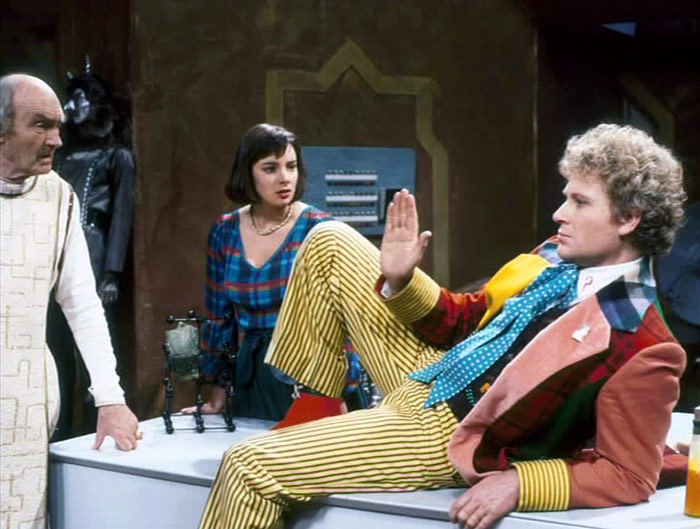
For this next set of Doctor Who episodes, the producers took the brave move of presenting an unhinged, explosive, unpredictable Doctor in the form of Colin Baker. In fact, in one famous (and harrowing) scene, the Time Lord actually tries to strangle his companion Peri.
Alas, over the years ‘The Twin Dilemma‘ has struggled to shake off its ropey reputation, and it frequently comes near the bottom of Most Popular Episode polls. Speaking on The Colin Baker Years VHS tape, the actor suggested that this was no bad thing; he wondered whether it was wise to have a new Doctor eclipsed by one of the greatest stories ever written. He also spoke favourably of the decision to present viewers with a Doctor they might not warm to. He liked the idea of challenging the viewer.
Then of course, there is the Sixth Doctor’s memorable closing line: “I am the Doctor – whether you like it or not!” Colin Baker remarked that these words were “prophetic.”
Does that mean there’s nothing to like in these Doctor Who episodes? By no means. There are solid guest appearances from Maurice Denham and Kevin McNally, with the latter sporting a rather wonderful costume, if you like sequins.
Time and the Rani
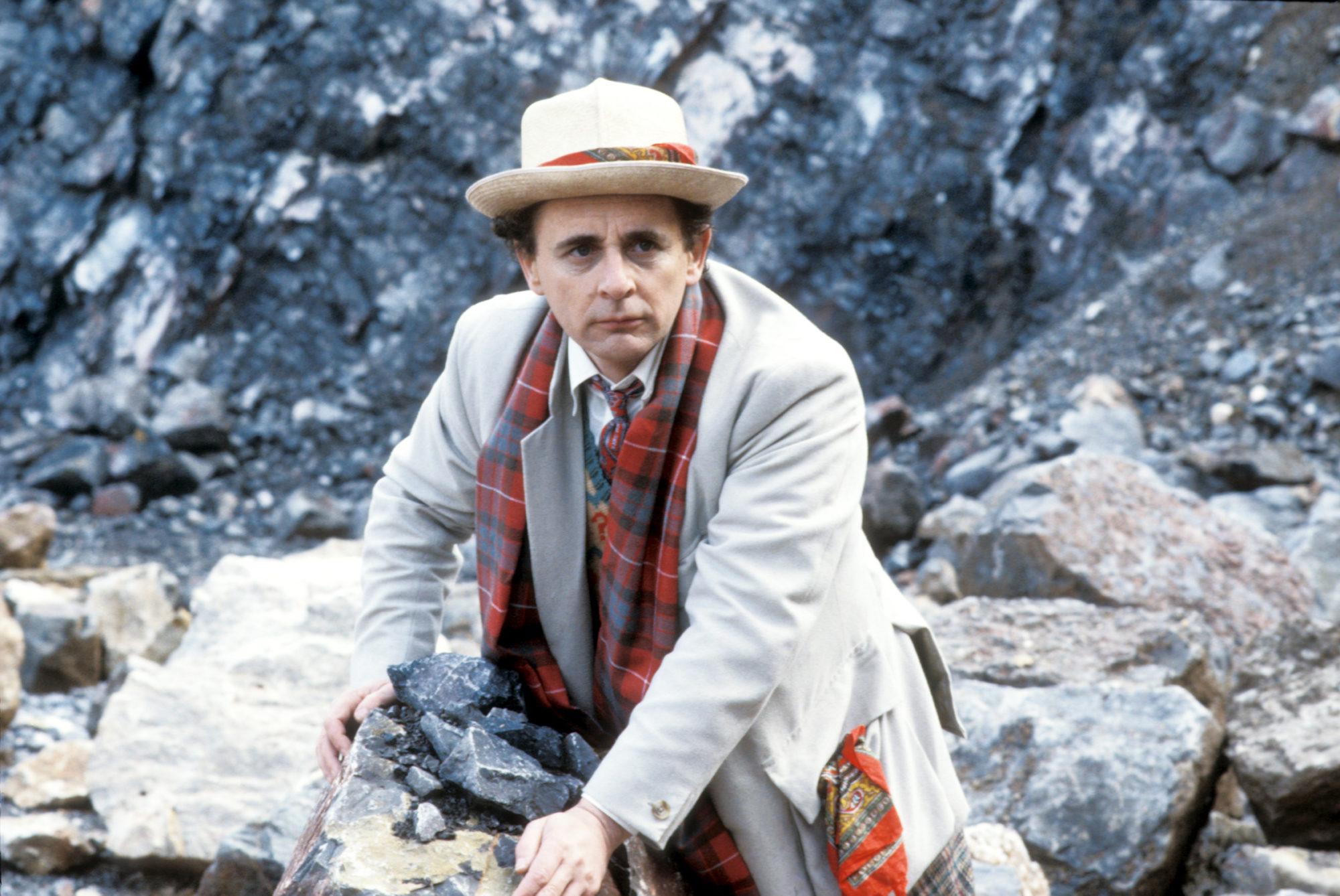
If you know your Doctor Who history, you will know that these Doctor Who episodes had a rather troubled journey to the screen. The previous year, Colin Baker had been fired from the role and, ultimately, he declined to film a regeneration scene with the incoming Sylvester McCoy. Initially, it had been thought that his Doctor would appear in ‘Time and the Rani‘ and regenerate at the end, but in the end this turned out not to be.
The producer John Nathan-Turner had also been keen to move on, but he was told that, if he didn’t oversee another season of Doctor Who, there would be nothing else for him at the BBC. So he approached these Doctor Who episodes with great reluctance.
And just to add to the confusion, the script editor Eric Saward had left the show the previous year under a cloud of smoke, leaving the incoming Andrew Cartmel essentially ‘learning on the job’ with little time to come up with an overall series narrative of his own. All of this culminated in the rather hurried commissioning of Pip and Jane Baker to script ‘Time and the Rani.’
And like ‘The Twin Dilemma,’ these Doctor Who episodes aren’t widely regarded as classics, but there is much to merit, in particular Kate O’Mara as the ever-popular Rani, and a rather stunning new title sequence and theme tune arrangement which signalled the dawn of a new era.
The TV movie
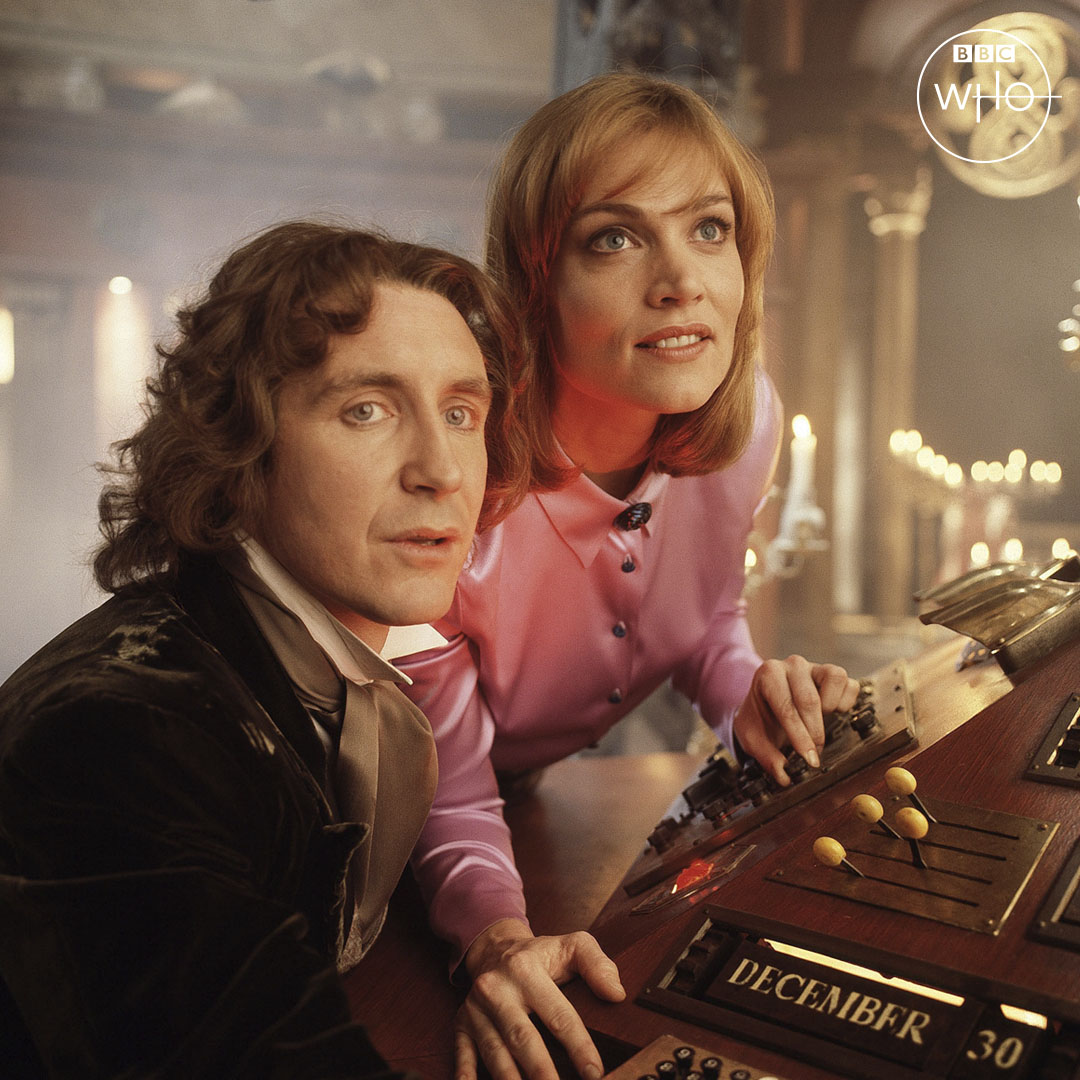
This is one of the longest of all the Doctor Who episodes – partly because it’s a movie! It was originally made as a ‘back door pilot’ by Fox in the US, the thinking being that it could spawn a whole new series of adventures for the Time Lord.
The TV movie (or ‘The Enemy Within,’ technically) is a rather polarizing story. It performed well upon transmission in the UK, but not in America. It also opened with a regeneration, transitioning from Sylvester McCoy into new Time Lord Paul McGann, as the producer Philip Segal felt that it would dishonour the Seventh Doctor if he weren’t given the opportunity to hand over the TARDIS keys.
But whatever your opinion of the TV movie, there’s no denying its impact on the wider Whoniverse. The Eighth Doctor is still very fondly remembered to this day, and now enjoys a whole new lease of life in the world of Big Finish audio adventures.
Rose
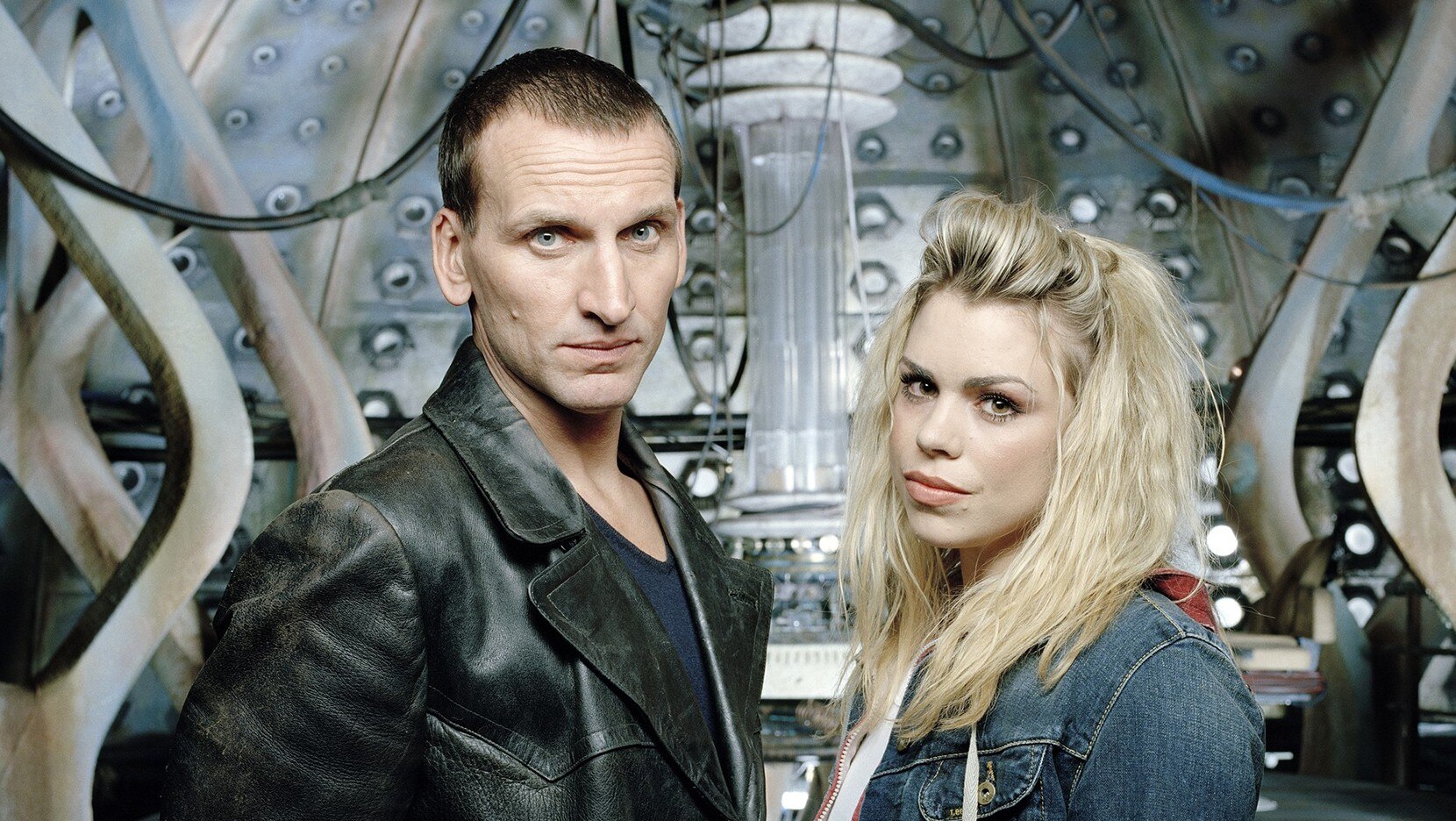
Of all the Doctor Who episodes, ‘Rose’ surely had the most riding on it. Doctor Who had been off the air for 16 years, and few people believed that it could still work in the modern age of CGI, and more sophisticated audience expectations.
However, Christopher Eccleston blew viewers away with his Northern tones, battered leather jacket and quick wit. After ‘Spearhead From Space,’ his introduction in ‘Rose’ must surely be one of the strongest of all the Doctors’ debuts, and the episode was seen by a staggering 10 million people. Indeed, so popular was this opening story that two further series and a Christmas special were commissioned solely on the back of its performance – and this was before episode two had been transmitted.
Because of this, one could make the case for ‘Rose’ being one of the most successful Doctor Who episodes of all time. Had it failed, the return of Doctor Who could have ended in 2005.
The Christmas Invasion
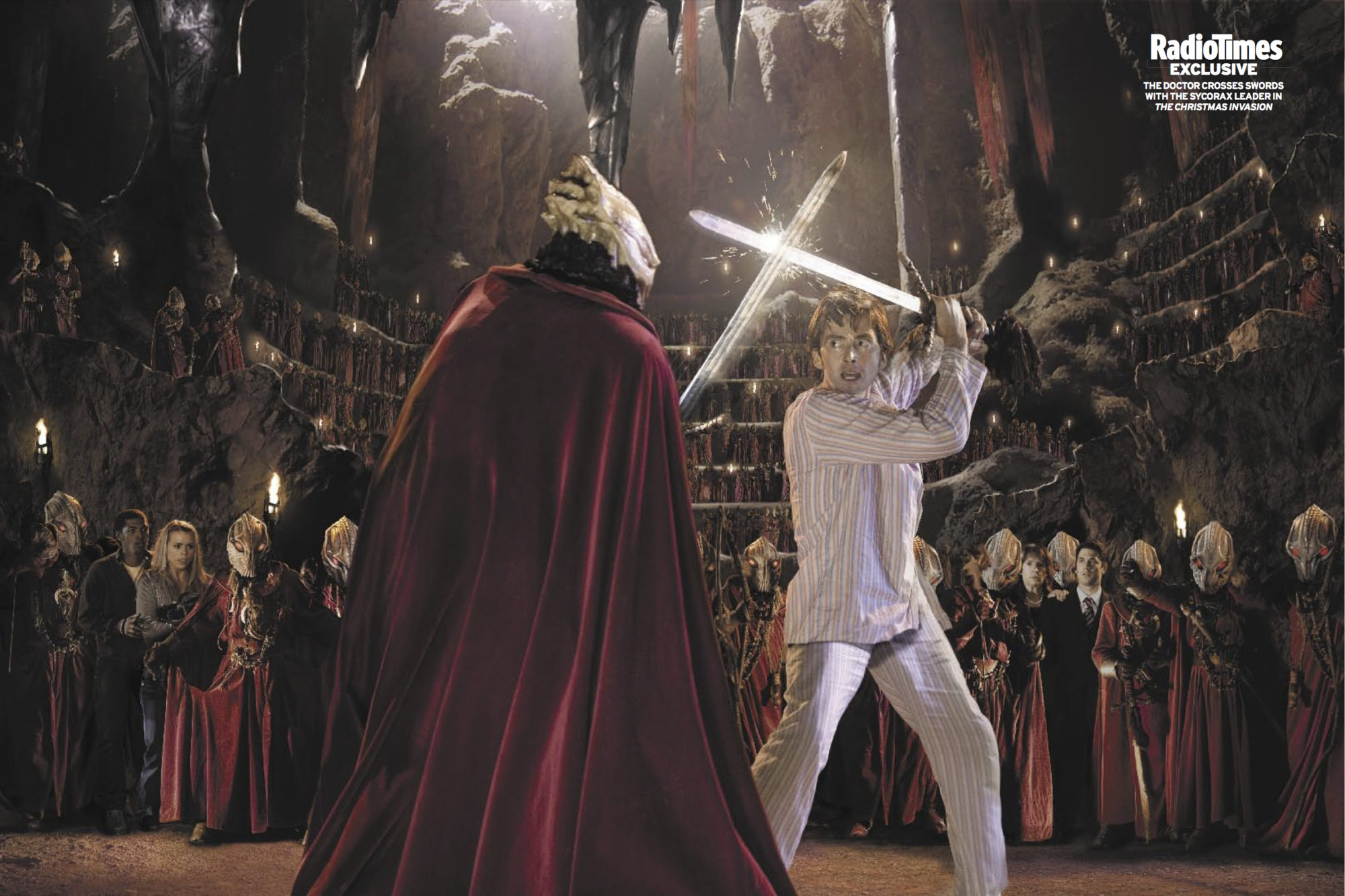
‘The Christmas Invasion’ is one of the stranger introductory Doctor Who episodes in that the new Time Lord David Tennant is absent for most of it! This was a conscious decision on the part of writer Russell T Davies, who felt it was more dramatic to keep the regenerating Doctor sick in bed so that he could emerge triumphantly later in the story.
‘The Christmas Invasion’ also has an important place in Who history as it’s the very first of the Christmas Doctor Who episodes – a tradition which began in 2005 and continued until 2017, before restarting in 2023. It saw the newly-regenerated Time Lord doing battle with the blood-controlling Sycorax, and guest starred Penelope Wilton as Harriet Jones, Prime Minister (in case you don’t know who she is…)
The Eleventh Hour
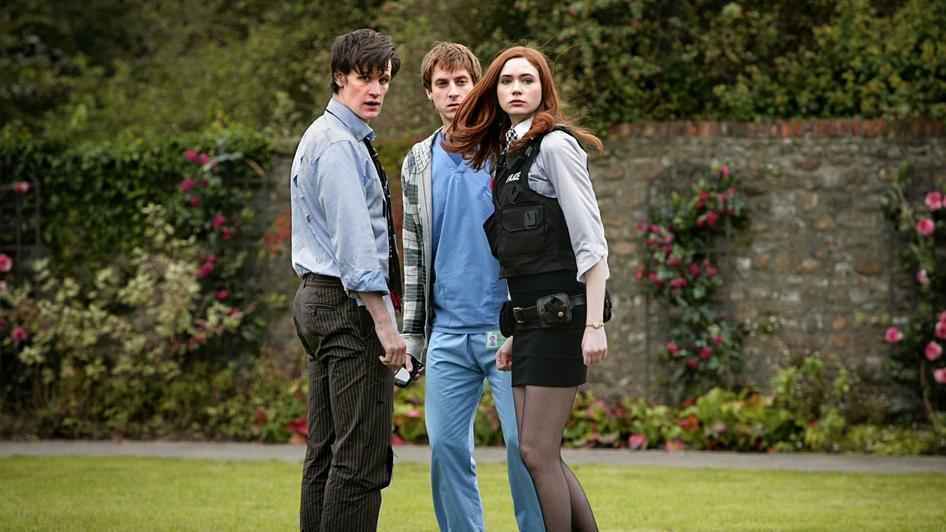
At the time, showrunner Steven Moffat referred to ‘The Eleventh Hour’ as the most-scrutinised TV episode of his life. Indeed, few Doctor Who episodes have garnered such interest, save for the aforementioned ‘Rose’ in 2005. It featured a new Doctor in the shape of Matt Smith, a new companion in the shape of Karen Gillan, a new plot arc in the shape of a crack, a new TARDIS, a new title sequence – it had everything.
This was also one of the first Doctor Who episodes to make it ‘big’ in the United States, and for many American fans ‘The Eleventh Hour’ was their first exposure to the show. It triggered a surge of popularity for Doctor Who State-side, and indeed around the world – something which would prove significant when the Time Lord celebrated his 50th anniversary just a few years later, breaking a record for the world’s largest simulcast.
It also left an indelible mark on the consciousness of Who fans; fish fingers and custard would never be viewed in the same way ever again!
Deep Breath

The next of our Doctor Who episodes saw the arrival of the Twelfth Doctor in a 60 minute special. ‘Deep Breath’ was even afforded a cinema release and saw the return of the Paternoster Gang, plus the clockwork droids from ‘The Girl in the Fireplace.’
Regrettably, like a number of Doctor Who episodes before it, ‘Deep Breath’ was leaked prior to its transmission, although remarkably this didn’t seem to affect its reception, with an impressive 9.17 million tuning in to see Peter Capaldi’s debut. It also included a surprise cameo from the former Doctor Matt Smith.
The Woman Who Fell to Earth

The first female Doctor arrived with a bang in the next of our Doctor Who episodes. Jodie Whittaker’s debut marked the start of a whole new era for the show, and this was the first episode to be overseen by new showrunner Chris Chibnall.
‘The Woman Who Fell to Earth’ was a dark and gritty affair, set almost entirely against the nighttime backdrop of Sheffield backstreets. And interestingly, this turned out to be one of the few Doctor Who episodes in which the TARDIS didn’t feature; viewers would have to wait until the next episode ‘The Ghost Monument’ before they could catch a glimpse of the new console room, and the new title sequence.
And like some of the other introductory Doctor Who episodes, ‘The Woman Who Fell to Earth’ was also given an extended run time of 60 minutes.
The Star Beast
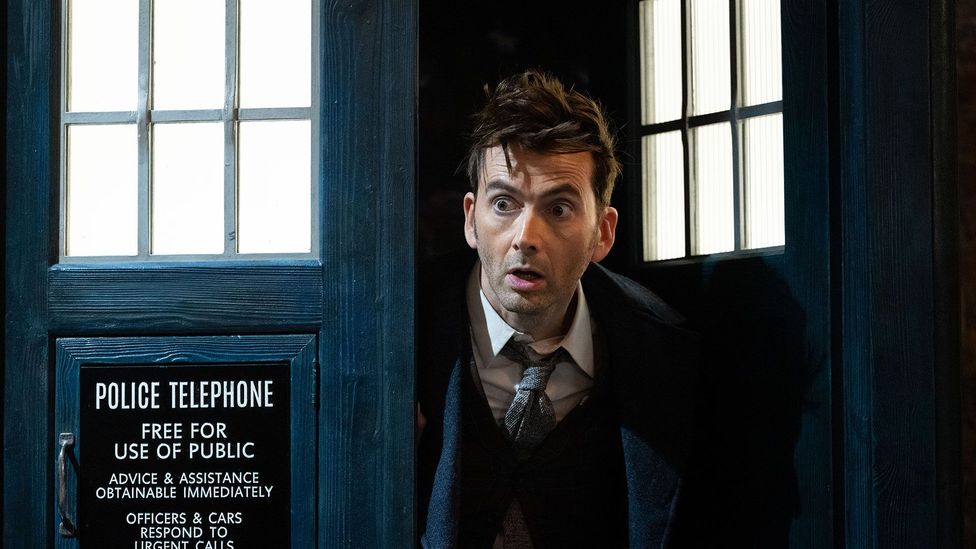
The Fourteenth Doctor didn’t need as much of an introduction as the other Doctors, given that he was once again played by David Tennant! This was the first time in the series’ history that the Time Lord had come back with one of his old faces, and in ‘The Star Beast’ he was reunited with his former companion Donna Noble played by Catherine Tate.
That being said, the ‘new’ showrunner Russell T Davies did opt to start the episode with a pair of monologues delivered by the Doctor and Donna, giving some backstory as to the relationship between the pair. After all, it had been some 15 years since the Doctor and Donna had last travelled together in the TARDIS.
Another interesting thing to note about ‘The Star Beast’ is that it was based on an obscure Doctor Who comic strip of the same name, which was published in the early 80s. This was pertinent given that ‘The Star Beast’ marked the beginning of the show’s 60th anniversary celebrations.
The Church on Ruby Road
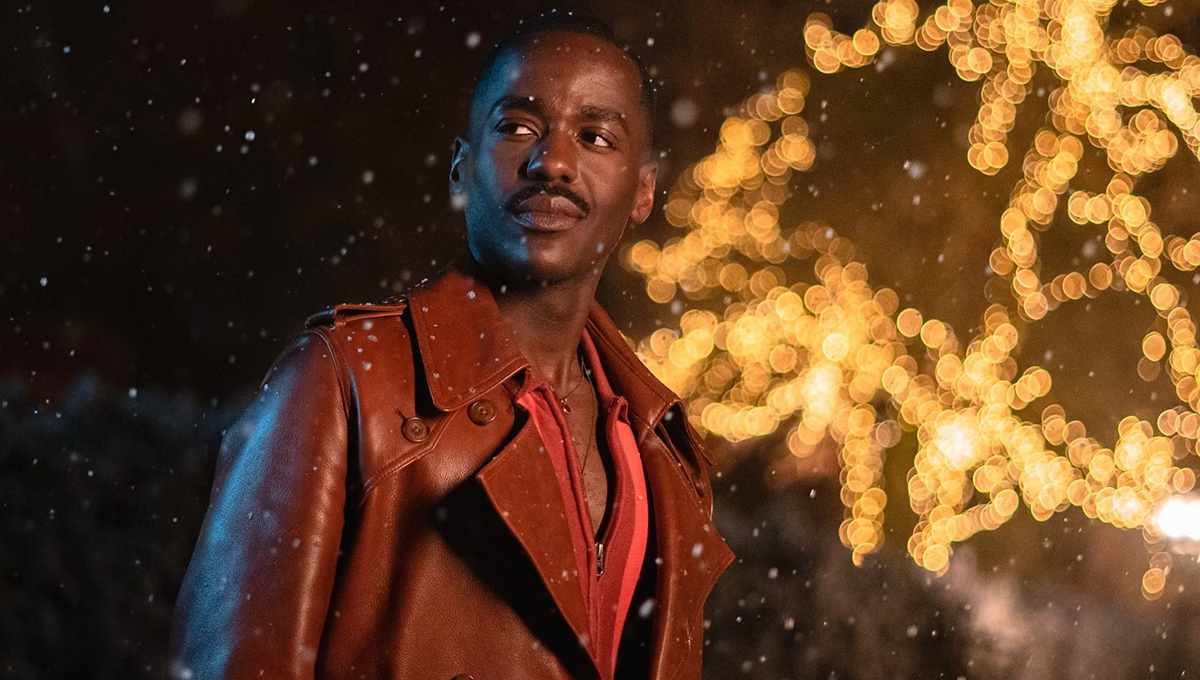
‘The Church on Ruby Road’ marked the first time since 2005 that a new Doctor had debuted in a Christmas special. In addition, this was Russell T Davies’ first Christmas special since 2009, so it’s fair to say that fan expectations were high.
Unlike other Doctor Who episodes, this adventure is unusual in that it begins to introduce some fantasy elements into the series. The story revolves around a group of strange goblin creatures who pilot a flying boat which appears to be powered by rope. And there is another strange moment in which the Doctor and Ruby burst into song when confronting the Goblin King, and the fourth wall is broken in the final scene when the enigmatic Mrs Flood asks viewers if they’ve ever seen a TARDIS before.
In short, ‘The Church on Ruby Road’ was a Doctor Who debut like no other, venturing into previously uncharted territory. In addition, a solid 7.49 million people tuned in to see how new Time Lord Ncuti Gatwa would take to the TARDIS.









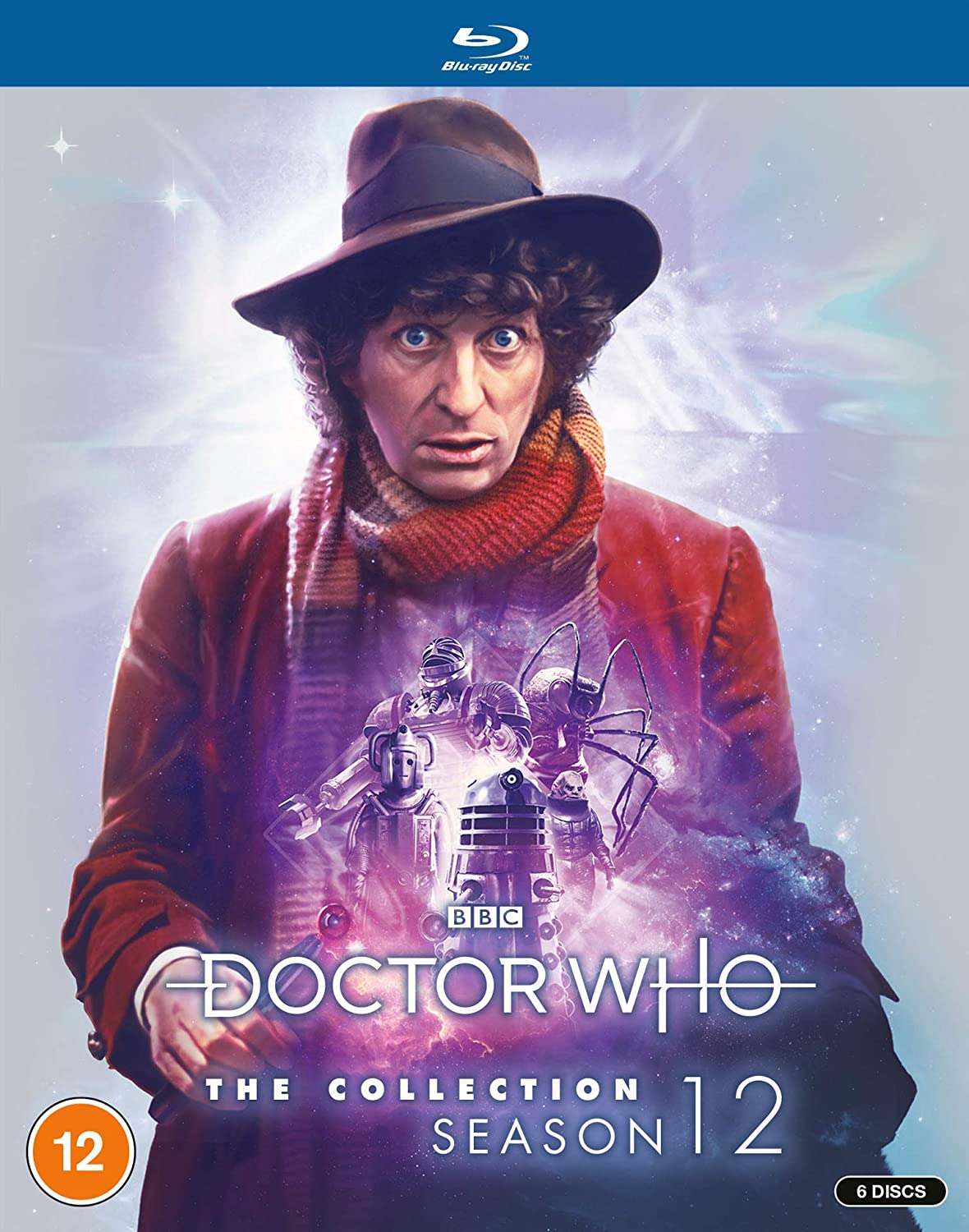
Leave a Reply